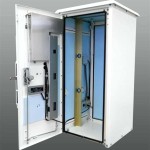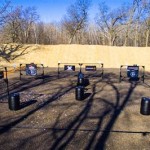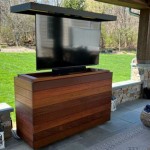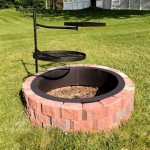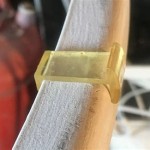Essential Aspects of Fans For Outdoor Use
With the advent of summer and rising temperatures, finding ways to stay cool outdoors is paramount. Among the many cooling solutions available, outdoor fans have gained immense popularity due to their effectiveness, affordability, and versatility. Whether it's for a family gathering in the backyard, a social event on a patio, or a relaxing evening on a porch, outdoor fans provide a much-needed respite from the heat.
Choosing the right outdoor fan can be a daunting task, given the array of options available. To assist you in making an informed decision, here are some key aspects to consider:
1. Fan Type and Location
There are two main types of outdoor fans: ceiling fans and portable fans. Ceiling fans are mounted overhead and circulate air within a designated area, creating a gentle breeze that evenly distributes cool air. Portable fans, on the other hand, can be placed anywhere and easily moved around as needed. They are ideal for small spaces or areas where ceiling mounting is not feasible.
Consider the size and layout of your outdoor space when selecting a fan type. Ceiling fans are better suited for larger, enclosed areas, while portable fans are ideal for smaller spaces or areas that require flexibility in fan placement.
2. Airflow Capacity
Airflow capacity refers to the amount of air a fan can circulate in cubic feet per minute (CFM). The higher the CFM, the more air the fan will move, providing greater cooling power. The required airflow capacity will depend on the size of the space you want to cool. As a general guideline, it is recommended to have a CFM of at least 1,000 per 100 square feet of space.
3. Energy Efficiency
Energy efficiency is a crucial factor to consider, especially for prolonged outdoor use. Look for fans with the ENERGY STAR® certification, which indicates that the fan meets strict energy-saving standards. Energy-efficient fans consume less electricity, reducing your energy bills and minimizing your environmental impact.
4. Durability and Weather Resistance
Outdoor fans are exposed to the elements, so durability and weather resistance are essential. Choose fans that are made from materials designed to withstand outdoor conditions, such as UV-resistant plastics or powder-coated metals. Ensure the fan is rated for outdoor use and can withstand rain, humidity, and extreme temperatures.
5. Noise Level
Fan noise can be distracting and interfere with relaxation or conversation. Look for fans with a low noise level, especially if you plan to use them in close proximity to seating areas. Some fans offer adjustable speeds, allowing you to customize the airflow and noise level to your preference.
Conclusion
By considering these essential aspects, you can select an outdoor fan that meets your specific needs and provides optimal cooling for your outdoor space. Enjoy the benefits of a cool and comfortable outdoor environment, allowing you to fully appreciate the beauty of the summer months.

The 5 Coolest Things About Outdoor Ceiling Fans

Popular Types Of Ceiling Fans For Outdoor Use Iawmd
.png?strip=all)
What Size Ceiling Fan For Outdoor Patio

Viter 56 Inch Outdoor Alexa Fan With Led Light In 2024 Ceiling Fans

Hydromist 24 Inch Shrouded Outdoor Wall Mount Oscillating Fan Ring 8 Nozzles And 3 Hose Fitting Included Misting Fans

Outdoor Ceiling Fans Guide Delmarfans Com

Patio Fan Ceiling In Pure White With 52 Outdoor Blades Dan S City Fans Parts Accessories

Aoibox 18 In 3 Sd High Velocity Industrial Heavy Duty Metal Floor Fan Black With Tilting Head For Outdoor Indoor Use Snmx 2861 The Home Depot

Patio Fan Ceiling In Pure White With 52 Outdoor Palm Antique Blades Dan S City Fans Parts Accessories

Better Homes Gardens 9 Dual Power Portable Fan Indoor Outdoor Use 3 Sds Adjustable Tilt Angle Black Com
Related Posts


